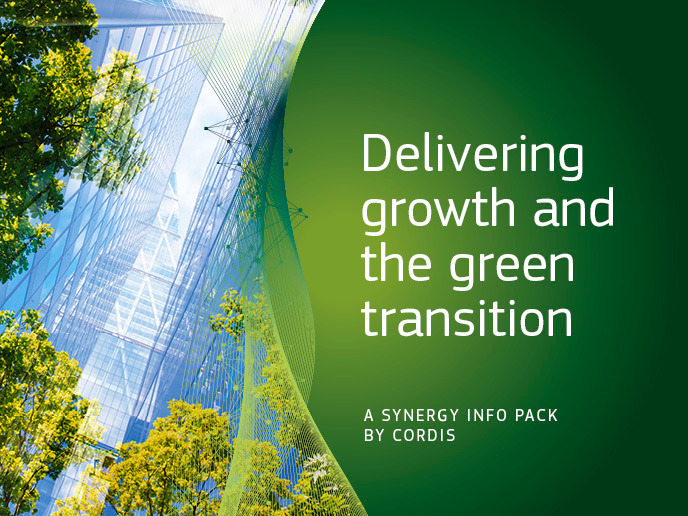A new process to produce hydrogen and more
Moving towards a hydrogen economy has been seen as a way to combat global warming, reduce emissions and encourage sustainability. Upgraded solar reactors have the potential not only to produce hydrogen in an environmentally friendly way, but to also produce an important carbon nano-material that can benefit industry. The EU-funded project 'Hydrogen from solar thermal energy: High temperature solar chemical reactor for co-production of hydrogen and carbon black from natural gas cracking' (Solhycarb) looked at novel ways to make hydrogen. Its approach involved producing a rich hydrogen gas and a valuable nanomaterial (carbon black) by exploiting solar energy and breaking down natural gas, which are both important for renewable energy. The project studied design, construction and operation of high-temperature solar chemical reactors and how these two important substances could be produced. It looked at testing solar reactors of different sizes and modelled the results, focusing on methane decomposition, carbon particle formation, radiation heat transfer and various chemical reactions. Solhycarb identified the most ideal reactor to accomplish its aims (the graphite-based tubular solar reactor, tested at 50 kW scale, SR50). It determined safety protocols and identified the necessary considerations for proper functioning. The project team then oversaw the design of a 10 MWth solar reactor based on the validated simulations which successfully produced good quality carbon black. The new solar process was able to produce either hydrogen and carbon or electricity and carbon, while energy payback time was estimated at one year. The project's results open up tremendous possibilities for clean exploitation of energy and by-products emerging from this new technology.







